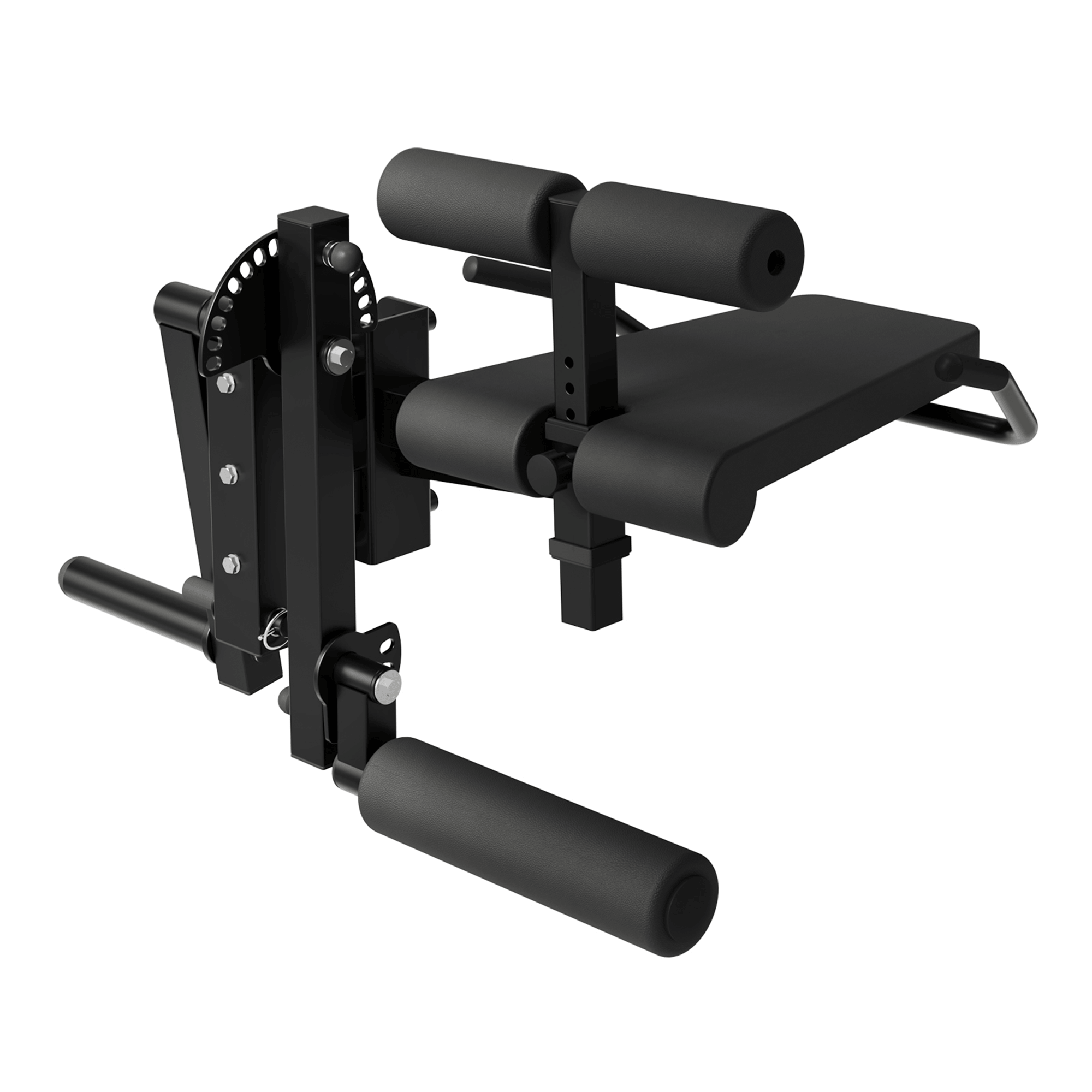Whether you're warming up before a workout or unwinding after a long day at your desk, shoulder rolls are a simple yet powerful movement that can improve flexibility, relieve tension, and even enhance posture. In this article, we'll explore how to do shoulder rolls properly, their key benefits, muscles worked, and variations like seated shoulder rolls and forward shoulder rolls.
What Are Shoulder Rolls?
Shoulder rolls are a dynamic mobility exercise involving controlled, circular movements of the shoulders. This motion helps loosen tight muscles, improve range of motion, and increase blood flow to the upper body. Shoulder rolling is often included in warm-up and cool-down routines, especially for activities involving upper body strength or flexibility.
How to Do Shoulder Rolls (Step-by-Step)
If you’re wondering how to do shoulder rolls, follow these steps:
-
Stand or sit up tall, feet shoulder-width apart.
-
Relax your arms by your sides or place your hands on your thighs if seated.
-
Lift your shoulders up toward your ears.
-
Slowly roll your shoulders back, squeezing your shoulder blades together.
-
Drop your shoulders down and bring them forward to complete one circle.
Repeat this movement 10–15 times, then reverse the direction to perform forward shoulder rolls.
Shoulder Rolls Benefits
Why should you add shoulder rolls to your routine? Here are some major benefits:
-
Improves shoulder mobility and range of motion
-
Releases tension in the neck and upper back
-
Boosts circulation in the shoulders and upper spine
-
Helps counteract poor posture from prolonged sitting or tech use
-
Can serve as a low-impact warm-up or recovery tool
Muscles Worked During Shoulder Rolls
While shoulder rolls may seem like a gentle movement, they engage several important muscles, including:
-
Trapezius
-
Deltoids (anterior, medial, and posterior)
-
Levator scapulae
-
Rhomboids
Together, these muscles help stabilize and move the shoulder girdle, making this exercise valuable for both fitness and rehabilitation.
Seated Shoulder Rolls: A Desk-Friendly Option
If you're at work or can’t stand, seated shoulder rolls are just as effective. Sit up straight in your chair, feet flat on the ground, and follow the same shoulder rolling motion. Doing a few reps every hour can prevent stiffness and reduce shoulder fatigue from computer work.
Incorporating Shoulder Rolls into Your Routine
You can add shoulder rolls to your:
-
Morning mobility routine
-
Warm-up for upper body workouts
-
Stretching or yoga sessions
-
Daily posture check-ins
Try pairing them with neck rolls or chest openers for a full upper-body reset.
Final Thoughts
Simple doesn't mean ineffective. Whether you're prepping for a workout or just rolling your shoulders to ease tension, shoulder rolls are a go-to rolls exercise for a reason. With just a few minutes a day, you can promote better posture, reduce stress, and keep your shoulders moving freely.













































Leave a comment
This site is protected by hCaptcha and the hCaptcha Privacy Policy and Terms of Service apply.